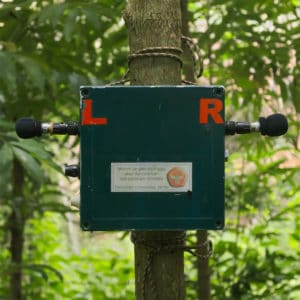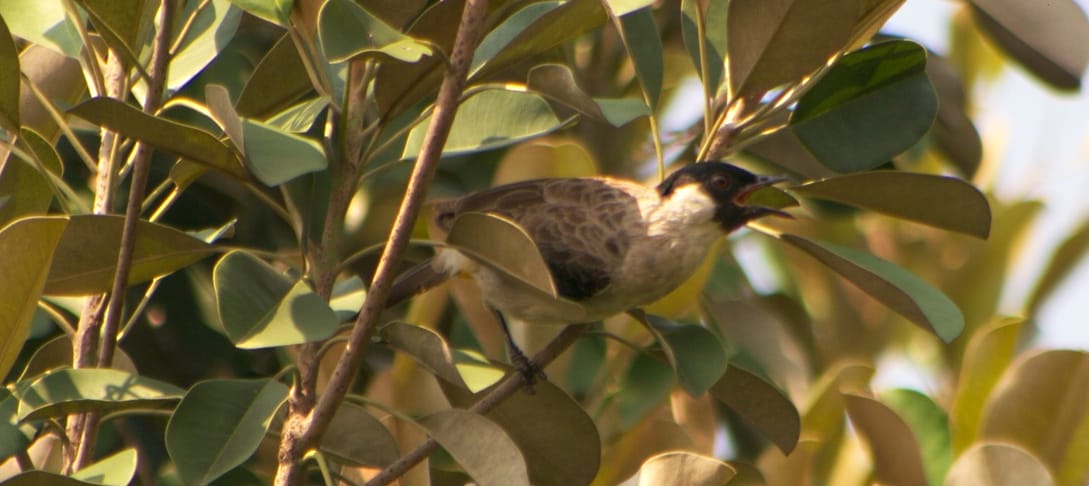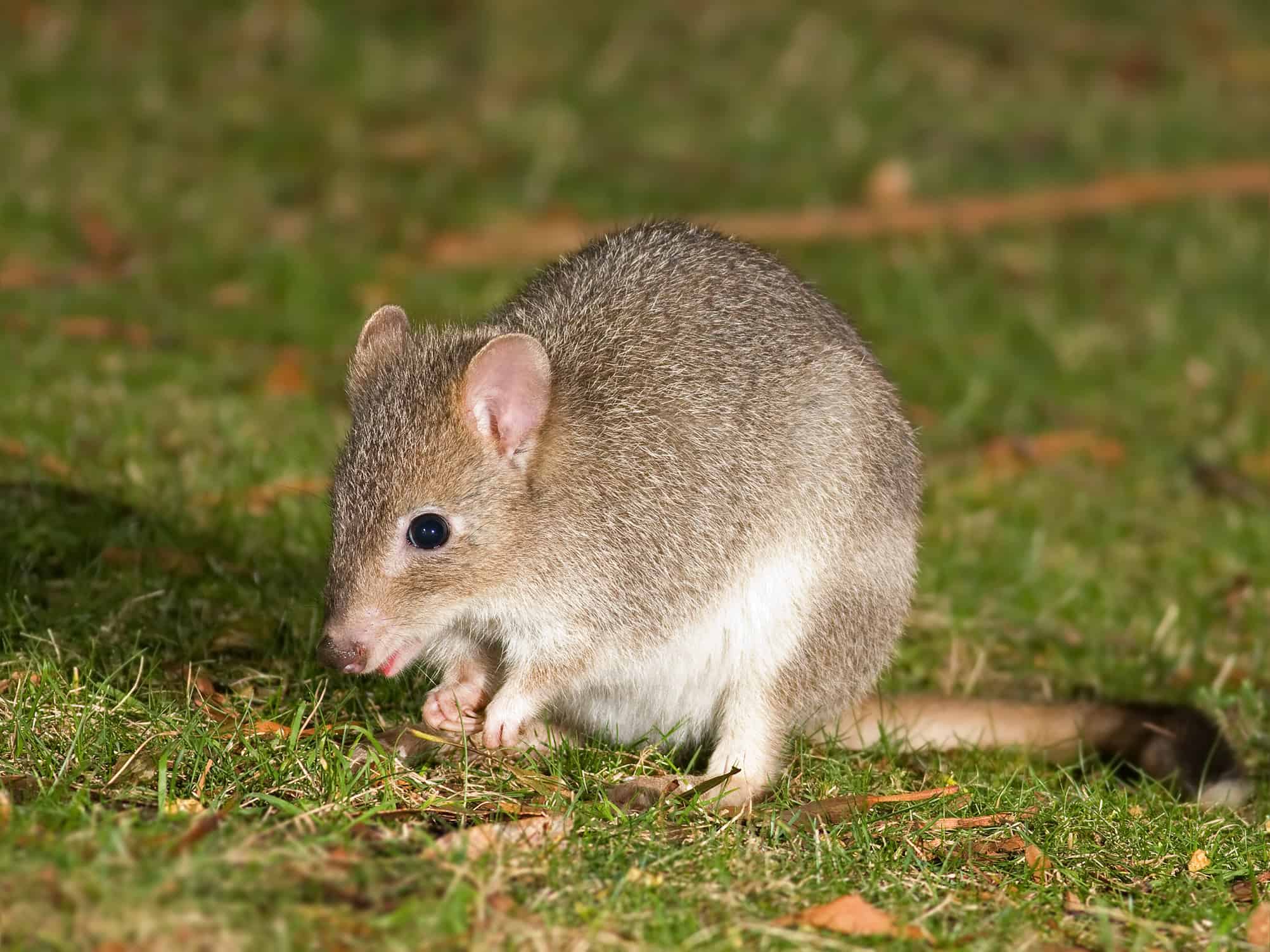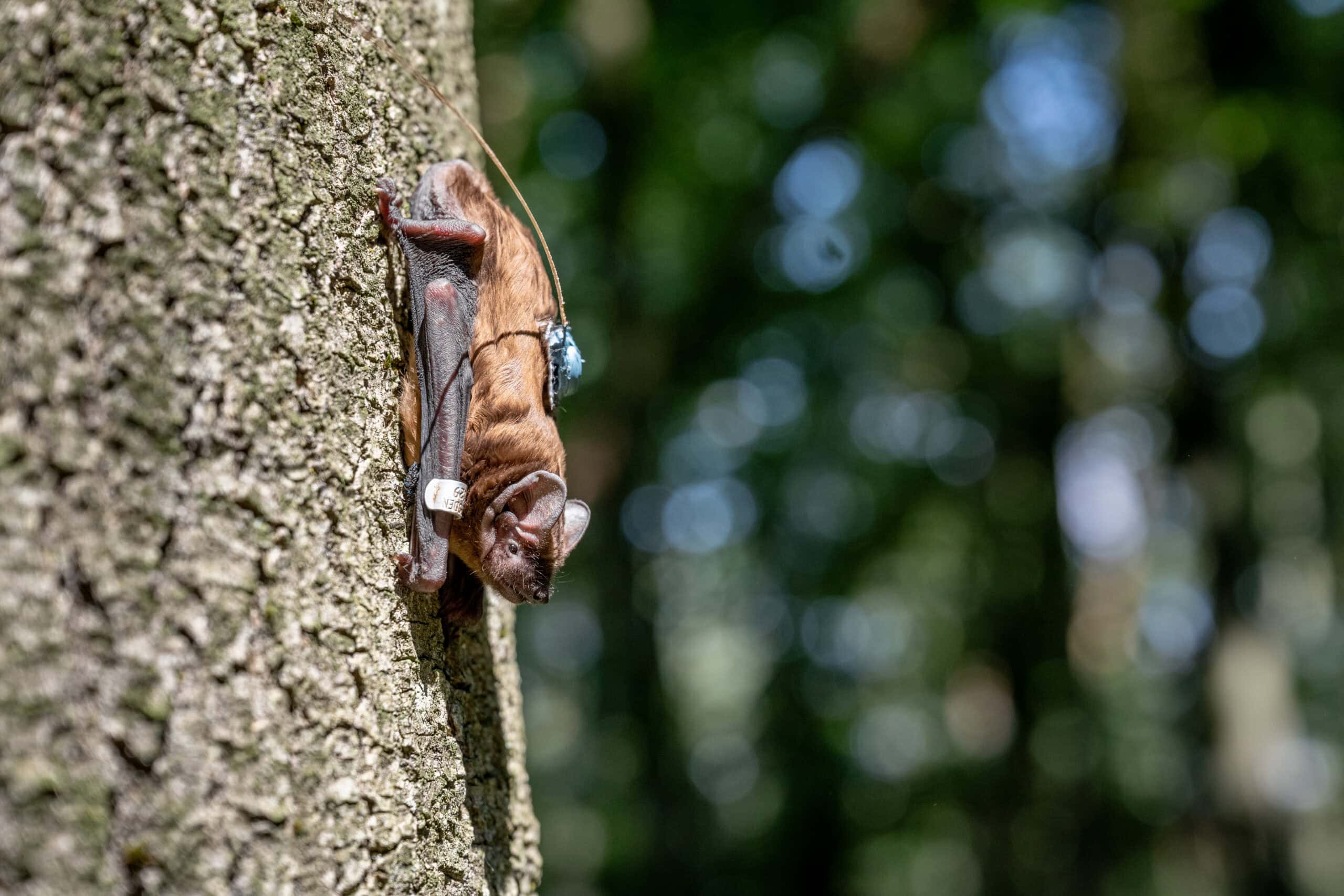Share this article
Machines are better listeners when it comes to biodiversity
Machines are better than humans at detecting wildlife biodiversity by sound, according to new research.
In a recent systematic comparison, researchers compared autonomous sound recording devices with bird point counts to figure out which would be more accurate at parsing the spectrum of wildlife diversity.
“[Autonomous sound recording devices] have come of age,” said Kevin Darras, a postdoctoral researcher in agro-ecology at the University of Göttingen in Germany and the lead author of a study published recently in Ecological Applications.
Darras has been tracking the populations of birds and bats in the island of Sumatra in Indonesia and their response to rubber plantations on the landscape. In his research, he began surveying birds the traditional way by conducting bird point counts, which involves standing at a given point and counting the number of individual birds or number of different species seen or heard over a set period of time.

A programmable sound recorder is used in Jambi, Indonesia to record biodiversity. ©Patrick Diaz
“That’s how we’ve done biodiversity studies in ornithology for centuries,” Darras said.
But technology improved, and he began using autonomous sound recording devices which record the ambient sounds in a given area. These devices can be strapped to a tree, or elsewhere, and are then programmed to record sounds at certain times. Ornithologists can later listen to the recordings and identify bird noises that were picked up.
Darras and his co-authors wanted to see which of these methods were more accurate. They completed a systematic map, looking at existing studies as well as diving into the data where possible to evaluate which technique was better for birds.
“We found that autonomous sound recorders are the way to go because the only thing they cannot do is gather visual detection,” Darras said.
He believes that humans can miss point counts for species in the field if they aren’t paying attention for just a moment, whereas a machine will catch everything.
“We are prone to error, fatigue,” he said.
That being said, the machines do have some flaws. Sound recordings are prone to miss species that don’t make noise that often, for example.
Researchers are now developing algorithms that can be programmed to listen to the recordings and identify the sounds made by noise-making species like birds, bats or frogs. While these are often species specific, these types of tools are becoming more accurate and user friendly.
Darras said that these algorithms could greatly boost the ability of researchers to track bird species and populations as it will bring down costs. While point counts will always be useful in some cases, he said that it’s difficult to get big picture information based on such small samples.
“In general, we lack data on what species are found where because we have limited resources,” he said. Using people for detection, he added, makes it even harder, especially since they have to be specialists.
Header Image: The sounds of birds, in particular, can be easily captured with the help of recording devices. ©Kevin Darras








